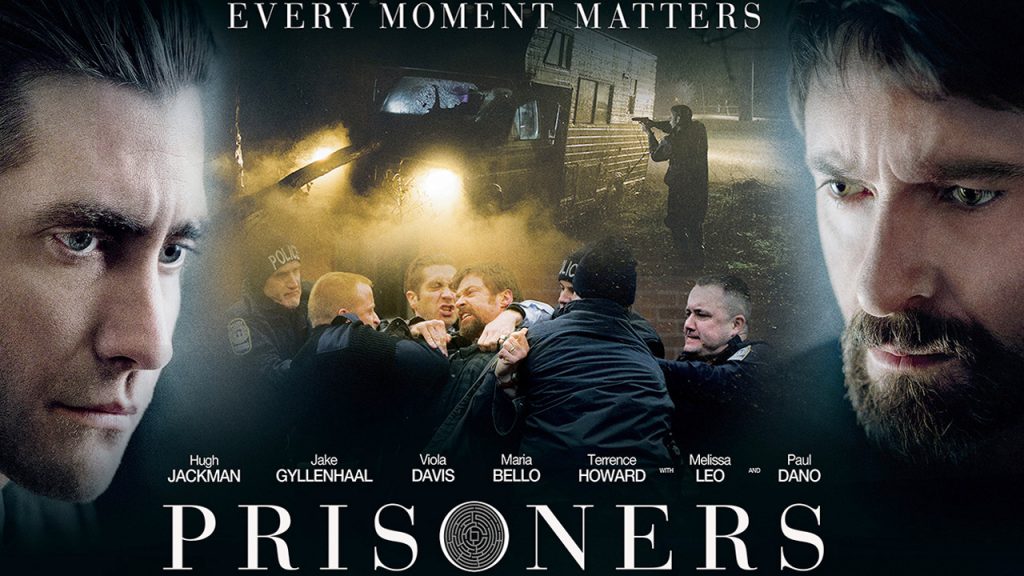What are "Prisoners' Characters"?
In literature, film, and other forms of storytelling, "prisoners' characters" refer to fictional individuals who are depicted as being incarcerated or held captive in a correctional facility.
These characters play significant roles in shaping the narrative and exploring themes related to crime, punishment, rehabilitation, and the complexities of human nature.
- Ullu Movies The Ultimate Destination For Edgy And Engaging Web Series
- Pablo Escobar Siblings The Untold Story Of The Infamous Drug Lords Family
The portrayal of prisoners' characters can vary greatly depending on the genre, author's perspective, and intended message of the work.
However, some common characteristics of prisoners' characters include:
Prisoners' Characters
- Complexity and Moral Ambiguity: Prisoners' characters are often portrayed as complex individuals with both positive and negative qualities, challenging easy categorization as heroes or villains.
- Exploration of Social Issues: The depiction of prisoners' characters can shed light on broader social issues, such as poverty, inequality, and the criminal justice system.
- Themes of Redemption and Rehabilitation: Prisoners' characters may grapple with their past actions and the possibility of redemption, exploring the potential for personal growth and change.
- Psychological Depth: Authors often delve into the inner lives of prisoners' characters, exploring their motivations, fears, and hopes.
- Symbolism and Metaphor: Prisoners' characters can serve as powerful symbols or metaphors, representing societal attitudes towards crime, punishment, and the human condition.
Conclusion
The depiction of prisoners' characters in storytelling serves as a valuable tool for exploring complex moral and social issues, challenging societal perceptions, and offering insights into the human psyche. By creating relatable and multifaceted characters, authors can captivate audiences and encourage critical reflection on the nature of justice, redemption, and the challenges faced by individuals within the criminal justice system.
- Michael Polansky Religion Exploring The Spiritual Journey Of A Global Icon
- Miss Canada Paternity Test Results The Untold Story You Need To Know
Frequently Asked Questions about "Prisoners' Characters"
This section addresses some common questions and misconceptions surrounding the portrayal of prisoners' characters in storytelling.
Question 1: Are prisoners' characters always portrayed as negative or dangerous individuals?
No, prisoners' characters can be portrayed in a variety of ways, depending on the genre, author's perspective, and intended message of the work. While some prisoners' characters may be depicted as violent or unsympathetic, others may be complex and relatable individuals who challenge societal stereotypes.
Question 2: What is the purpose of exploring prisoners' characters in storytelling?
Exploring prisoners' characters allows authors to delve into complex moral and social issues, such as crime, punishment, rehabilitation, and the nature of justice. By creating relatable and multifaceted characters, authors can encourage critical reflection on the challenges faced by individuals within the criminal justice system and foster empathy for those who have made mistakes.
Ultimately, the portrayal of prisoners' characters in storytelling serves as a valuable tool for examining the human condition and promoting a deeper understanding of the complexities of crime and punishment.
Conclusion
The exploration of "prisoners' characters" in storytelling serves as a powerful means to delve into the complexities of crime, punishment, and the human condition. By creating relatable and multifaceted characters, authors challenge societal stereotypes and encourage critical reflection on the nature of justice and redemption.
Through the depiction of prisoners' characters, literature, film, and other forms of storytelling can foster empathy for those who have made mistakes and shed light on the broader social issues that contribute to crime and incarceration. By examining the inner lives and motivations of prisoners' characters, we gain a deeper understanding of the challenges faced by individuals within the criminal justice system and the potential for personal growth and change.
- Why Is Trump So Orange The Surprising Truth Behind The Iconic Look
- Emily Rath Amp Orzabal The Rising Duo In The Spotlight

